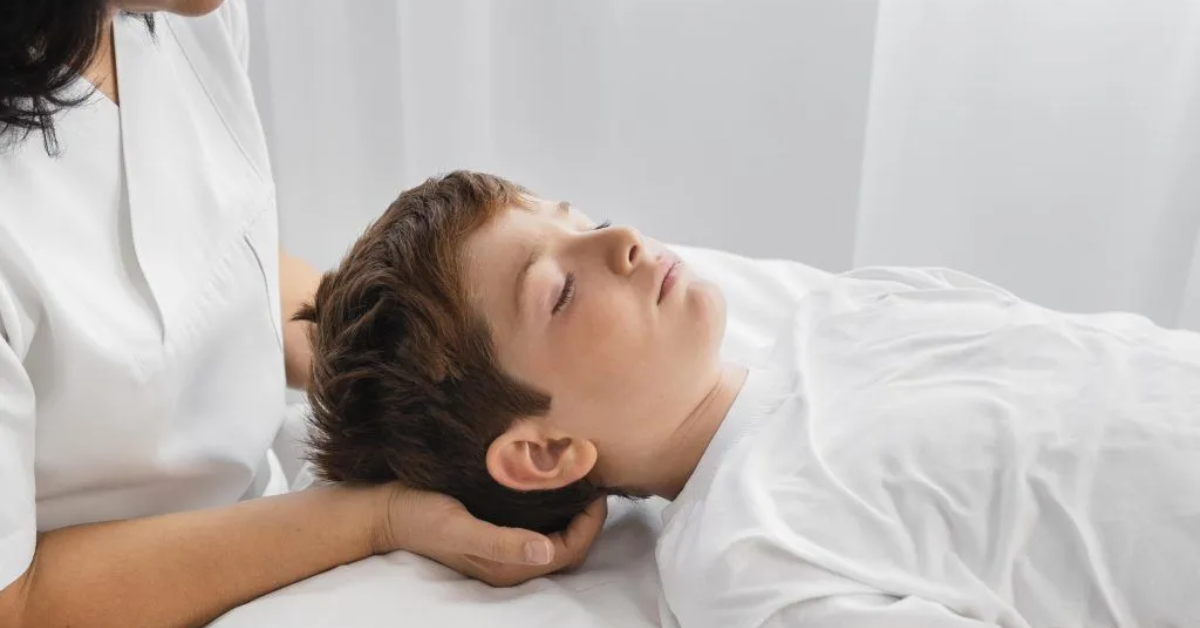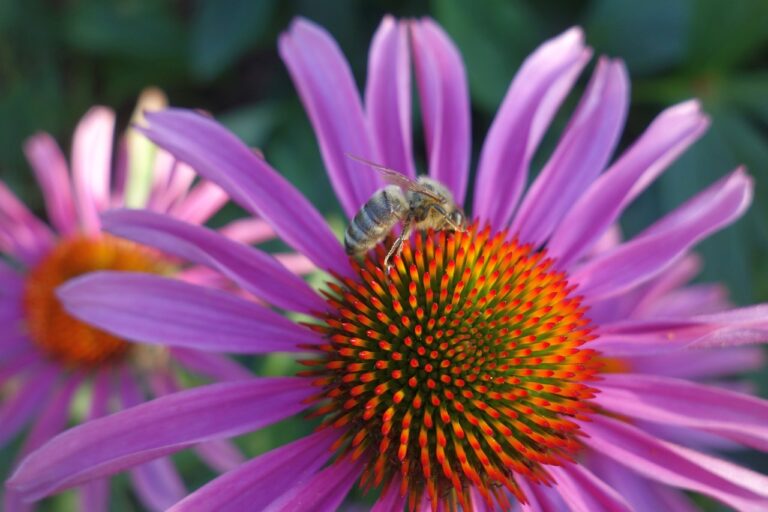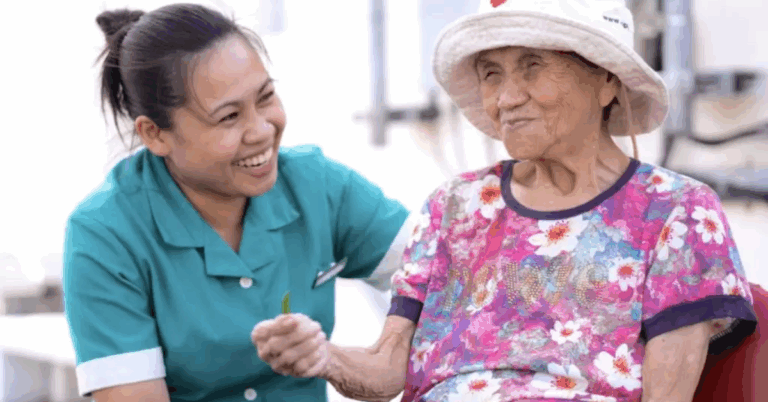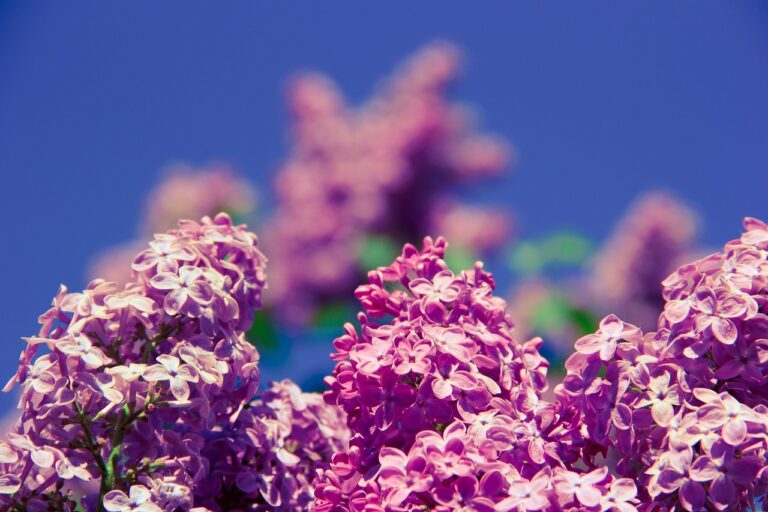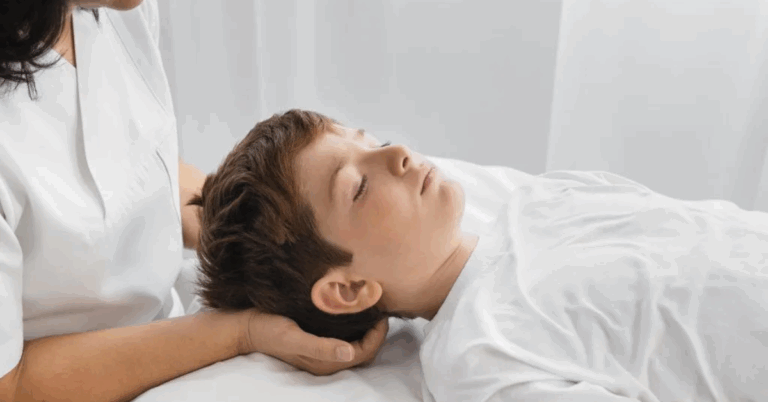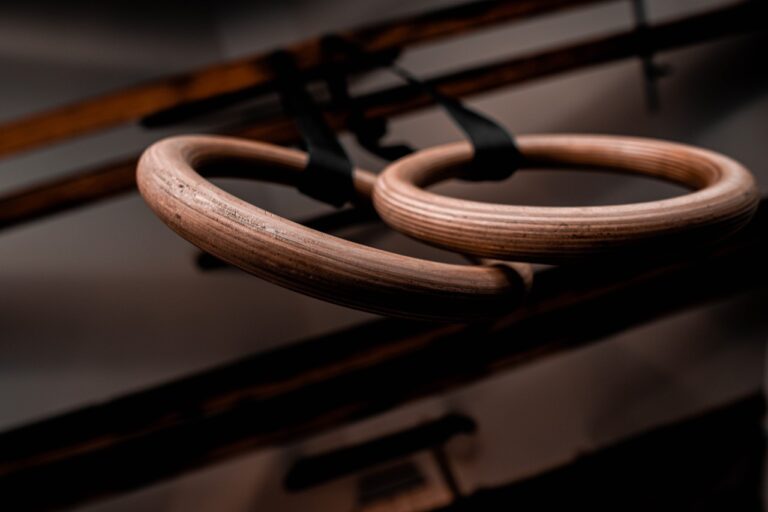Healing Through Tradition: The Role of TCM in Bishan’s Wellness Landscape
Traditional Chinese Medicine (TCM) in Bishan stands as a bridge between ancient healing wisdom and modern-day wellness needs. In this bustling neighbourhood in Singapore, residents and visitors alike are seeking more holistic ways to manage health, and TCM In Bishan has become an integral part of that journey. From addressing chronic ailments to supporting general well-being, TCM practices such as acupuncture, herbal remedies, tui na, cupping, and lifestyle consultations are being embraced increasingly as complementary or alternative modalities beside conventional medicine.
The Roots of Traditional Chinese Medicine
Traditional Chinese Medicine is not a single modality, but rather a comprehensive system that views the body, mind, and spirit as interconnected. Originating over 2,000 years ago, TCM is built around core concepts such as Qi (vital energy), Yin and Yang balance, and the Five Elements (Wood, Fire, Earth, Metal, Water). Health, from a TCM standpoint, is about maintaining the harmonious flow of Qi and balance between internal systems.
Over the centuries, TCM evolved through myriad schools and lineages. Practices such as acupuncture, herbal medicine, moxibustion, cupping, and Tui Na (therapeutic bodywork) flourished. Each approach complements the others, forming a holistic framework for diagnosis and treatment that is personalized to the individual.
Why TCM in Bishan is Gaining Traction
Several factors contribute to the rising popularity of TCM in Bishan:
-
Holistic Health Demand
Many people today are seeking more than symptom management. They want to improve vitality, prevent disease, and live more balanced lives. TCM’s preventive orientation—aiming to detect and correct imbalances before they manifest as disease—resonates with this mindset. -
Chronic Conditions and Wellness Support
Conditions such as insomnia, digestive issues, migraines, menstrual disorders, stress-related ailments, and joint pain often do not respond fully to standard medical treatments. TCM offers alternative routes that address root imbalances rather than only symptomatic relief. -
Aging Population & Wellness Seeking
As Singapore’s population ages, there is greater focus on longevity, rehabilitation, and maintaining mobility. TCM therapies are seen by many as gentle, sustainable tools for enhancing quality of life in later years. -
Integration with Conventional Medicine
Rather than viewing TCM and Western medicine as opposing, many in Singapore and beyond accept that they can coexist. A patient might manage an acute infection with antibiotics while simultaneously using TCM to strengthen the immune system, reduce side effects, or hasten recovery. -
Cultural Heritage & Trust in Time-tested Modalities
For many families, TCM is part of heritage passed through generations. The trust built over decades or centuries helps maintain its relevance in a modern urban environment.
In Bishan, these dynamics play out among residents, professionals, families, and older adults, making TCM clinics a familiar and often valued presence.
Core Modalities of TCM Practiced in Bishan
Let us explore the major TCM modalities commonly offered in Bishan, and how they contribute to health and healing.
Acupuncture & Electroacupuncture
Acupuncture involves the insertion of fine needles into specific points on the body (acupoints) to modulate the flow of Qi along meridians (energy pathways). By stimulating these points, practitioners aim to restore balance and alleviate ailments such as pain, musculoskeletal issues, headaches, stress, or digestive disorders.
Electroacupuncture is a variation where mild electrical currents connect pairs of acupuncture needles, enhancing the stimulation and potentially improving effectiveness for certain conditions like neuropathy or chronic pain.
Herbal Medicine
One of the pillars of TCM, herbal medicine involves prescribing individualized formulas composed of dried herbs (roots, leaves, bark, seeds, etc.). A TCM practitioner customizes the blend based on a patient’s pattern diagnosis (e.g. “Liver Qi stagnation,” “Spleen Qi deficiency”). Herbs can be decocted into teas, taken as pills or granules, or prepared as topical pastes.
In Bishan clinics, herbal prescriptions are often accompanied by lifestyle and dietary guidance to support the internal balance.
Tui Na (Chinese Therapeutic Massage)
Tui Na is a hands-on therapeutic bodywork technique that uses kneading, rolling, pressing, and stretching to stimulate acupoints, meridians, and soft tissues. It is especially useful for musculoskeletal complaints, chronic pain, sports injuries, and for improving circulation and energy flow.
Cupping & Moxibustion
-
Cupping involves applying cups to the skin to create suction, which mobilizes blood flow, relieves stagnation, and reduces muscle tension. It may also help in respiratory or connective tissue conditions.
-
Moxibustion uses burning herbs (commonly mugwort, or “moxa”) near or on acupoints to generate heat and stimulate energy flow, especially useful in warming cold syndromes or enhancing circulation.
Dietary and Lifestyle Consultation
TCM sees diet, sleep, emotional balance, and environmental factors as critical to health. TCM clinicians often guide patients on food choices, meal timing, sleep hygiene, stress management, and appropriate exercise (tai chi, qigong), tailored to their constitutional patterns and imbalances.
Typical Patient Journey in a Bishan TCM Clinic
Here’s how a patient might experience TCM care in Bishan:
-
Initial Consultation & Diagnosis
The TCM practitioner takes a detailed history (symptoms, lifestyle, diet, emotional state) and examines the tongue, pulses, and possibly palpates meridians or muscular points. This multisource observation helps form a diagnostic “pattern” in TCM terminology. -
Treatment Plan & Integration
Based on the diagnosis, a tailored plan is created. For example, a patient with chronic migraines may receive acupuncture 2–3 times weekly, a customized herbal formula to take daily, dietary advice, and possibly adjunctive modalities like cupping or tui na. -
Follow-up & Adjustment
Over subsequent visits, the practitioner monitors the patient’s response and adjusts the herbal composition, acupuncture points, or treatment frequency. Treatment continues until symptoms subside and a stable state of balance is achieved. -
Maintenance & Prevention
After active therapy, many patients continue periodic sessions or adherence to lifestyle/dietary guidelines for prevention and long-term stability.
Clinical Conditions Suited for TCM in Bishan
Although TCM is not a cure-all, there are numerous areas where it often contributes valuably, especially in Bishan’s urban context:
-
Musculoskeletal & Joint Pain: Back pain, neck strain, sciatica, arthritis, sports injuries
-
Neurological & Headache Disorders: Tension headaches, migraines
-
Digestive & Gastrointestinal Issues: Bloating, irritable bowel, gastritis, indigestion
-
Respiratory Conditions: Allergies, asthma (as a complementary support)
-
Women’s Health: Menstrual irregularities, infertility support, menopausal symptoms
-
Stress, Sleep & Mental Well-being: Insomnia, anxiety, fatigue
-
Chronic Conditions Support: When used adjunctively, TCM may support management of chronic illnesses (e.g. hypertension, type 2 diabetes) by improving overall resilience, reducing side effects, and supporting recovery
-
Rehabilitation & Post-Illness Recovery: boosting immune resilience, improving circulation, restoring energy after illness or surgery
Safety, Regulation & Choosing a Reliable TCM Clinic in Bishan
When seeking TCM treatment in Bishan or elsewhere in Singapore, several precautions and guidelines help ensure safety and quality:
-
Licensed and Certified Practitioners
Always choose practitioners who are properly registered and certified under local regulations. In Singapore, TCM practitioners should be recognized and meet professional standards. -
Transparency & Informed Consent
The practitioner should explain the treatment plan, possible risks or mild side effects (e.g. minor bruising from cupping, temporary soreness from acupuncture), and expected timeline. -
Herbal Quality & Safety
Herbs prescribed should be of high quality, properly processed, and free from contaminants (heavy metals, pesticides). The practitioner should consider possible interactions with conventional medications and adjust accordingly. -
Open Communication with Conventional Doctors
For patients already under Western medical care, the TCM practitioner should coordinate or at least be aware of medications, diagnoses, and contraindications. Integration is safest when care is complementary and communicative. -
Realistic Expectations
TCM often works gradually, especially in chronic problems. While quick relief happens for some, poorer outcomes or slower progress should not be dismissed—the path of healing, especially holistic healing, can take time.
Case Example (Hypothetical) in Bishan
Ms. Lim, a resident of Bishan, has been suffering from recurrent tension headaches and insomnia for months. She recently tried TCM in Bishan, visiting a local clinic. Her journey might unfold like this:
-
At the first consultation, the practitioner notes that her tongue is pale, pulse is wiry, and she feels emotionally stressed and fatigued.
-
The diagnosis: “Liver Qi stagnation with Spleen Qi deficiency,” with secondary Kidney Yin weakness affecting her sleep.
-
Treatment plan:
-
Acupuncture twice weekly focusing on head, neck, and calming points (e.g. Yintang, GB20, HT7).
-
A tailored herbal formula to nourish Yin, move Qi, and support digestion, to be taken daily.
-
Lifestyle changes: reducing caffeine, practicing gentle qigong, modifying late-night screen exposure.
-
Cupping on the trapezius and neck muscles for tension relief.
-
-
Over six weeks, Ms. Lim reports fewer headaches, improved sleep onset, and reduced stress. The practitioner gradually spaces out treatments to a maintenance schedule.
Over time, with consistent adherence, she achieves better balance—and uses TCM as part of her wellness strategy rather than as a last resort.
The Future of TCM in Bishan & Singapore
The future of TCM in Bishan looks promising, thanks to evolving public attitudes, research, and integration with modern health care systems. Key trends include:
-
Evidence-based Research
More clinical trials and scientific studies are helping document mechanisms, dosage standards, safety profiles, and efficacy of combined TCM-Western approaches. -
Integrated Clinics & Hospitals
Some medical institutions now offer integrated care, where Western and TCM specialists collaborate and cross-refer in a patient-centric model. -
Digital & Telehealth TCM
Especially post-pandemic, remote consultation, online herb prescription, and self-care apps grounded in TCM theory are rising in appeal. -
Personalized & Precision TCM
Advances in genomics, metabolomics, and digital diagnostics are paving new paths for personalized TCM interventions. In Bishan, tech-savvy populations may adopt these blended innovations. -
Public Education & Acceptance
As more people in Bishan and across Singapore become health-conscious, awareness of TCM’s strengths and limitations grows. With proper regulation, safety standards, and open discourse, TCM can maintain and expand its role in the wellness landscape.
Conclusion
In Bishan, TCM is not merely a relic of the past—it is a living, breathing companion to modern life. Whether residents seek relief from chronic discomfort, stress, sleep issues, or simply aim to enhance their vitality, TCM offers a time-tested, holistic framework. By harmonizing traditional wisdom with safety, regulation, and patient empowerment, TCM in Bishan helps shape a balanced path to health—one where body, mind, and spirit are all honored.

